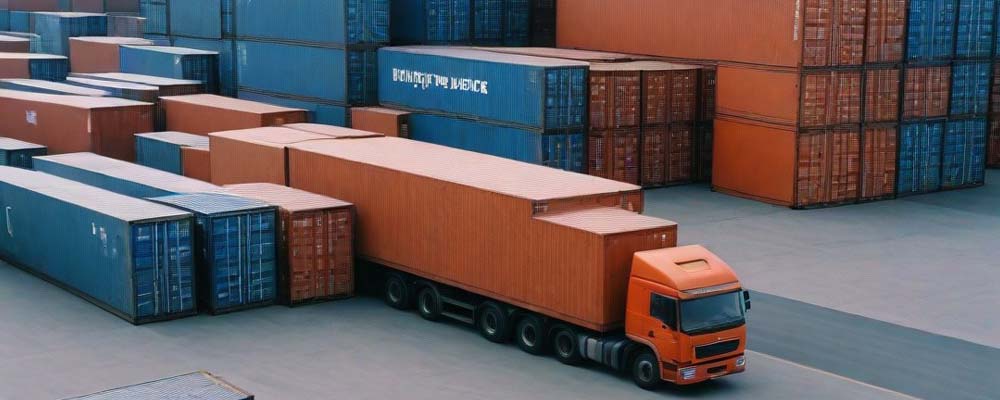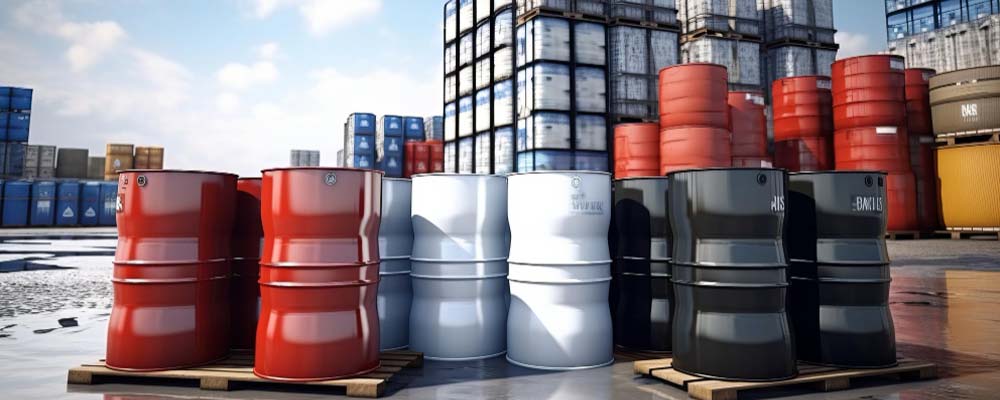 Vietnam is an underrated tourist destination, but so is it, the land of underrated opportunities for importers. Data gathered by the General Department of Customs mentioned that Vietnam’s import and export revenue in the last quarter of last year increased 8.8% to $62.08 billion compared to the previous quarter. Imports rose by 8.6% to $29.32 billion, and exports rose by 9% to $32.76 billion.
Vietnam is an underrated tourist destination, but so is it, the land of underrated opportunities for importers. Data gathered by the General Department of Customs mentioned that Vietnam’s import and export revenue in the last quarter of last year increased 8.8% to $62.08 billion compared to the previous quarter. Imports rose by 8.6% to $29.32 billion, and exports rose by 9% to $32.76 billion.
Focusing on the imported goods, Vietnam’s imports surged to $29.32 billion, marking a substantial 8.6% increase.
Top 10 Vietnam Imports
Here’s a list of Vietnam’s top imports:
1. Electrical Machinery
Vietnam ranked as the 2nd largest importer of electrical equipment in the world with 314,964 shipments. In the last years, roughly 35.7% of the total imports to Vietnam were electrical machinery averaging US$118 billion. Asian countries such as China and Japan supply electrical machinery to Vietnam.

2. Industrial Machinery
As manufacturing is the core of Vietnam’s high growth, focusing on being a major alternative destination for supply chain diversification, there is a rapid increase in demand for industrial machinery. Covering 7.29% of the country’s total imports with US$24 billion on average. The country’s leading suppliers of machinery are China, South Korea, Japan, and Taiwan.
3. Plastics
Vietnam’s main plastic suppliers are China and South Korea. Currently, the demand for plastics exceeds the domestic supply of the country. Vietnam’s plastic industry plays a vital role in its economy and to meet its demand for raw materials, importing plastic waste is needed. About 6.04% (US$19 billion) worth of plastics were imported to Vietnam in the last few years.

4. Oil & Mineral Fuels
Aware of its natural deposits, Vietnam’s oil and gas industry continues to be its top priority sector for economic growth. Mineral fuel examples are coal, petroleum, and natural gas. The country’s prolonged heat wave experience in the past years caused an increase in air conditioning use resulting in a strike on Vietnam’s coal imports.
Most imports were utilized for the country’s domestic consumption. In recent years, $16 billion (4.96%) worth of oil and mineral fuels governs Vietnam’s total imports. Indonesia, Australia, and South Africa are the major sources of oil and mineral fuels in the country.
5. Iron & Steel
Vietnam’s imports of iron and steel have increased its potential in the market with the rising world steel demand forecast for 2024. Vietnam’s economic growth will prosper through its iron and steel industry given the value of steel in the market. Around $14 billion (4.46%) worth of iron and steel products were imported to Vietnam in the recent year. The country’s top 3 sources of iron and steel are China, Indonesia, and Japan.
6. Precision Instruments
Precision instruments refer to tools or devices used for directly measuring physical quantities or obtaining measurements indirectly by making calculations in such a manner that one can get precise values. Approximately $7.9 billion (2.41%) worth of precision measuring instruments were imported to Vietnam in the past years with Japan, India, and South Korea as their major exporters.
7. Motor Vehicles & Parts
The demand in the automotive market is exceptionally strong. In recent years, Vietnam outranked the Philippines to become the fourth-largest auto market among ASEAN members. Approximately $7.4 billion (2.25%) of motor vehicles and parts were imported to the country. The major manufacturers of the cars imported to Vietnam are Thailand, Indonesia, and China.

8. Knitted Fabrics
Vietnam’s production capacity for knitted fabrics is emerging, covering fleece fabrics, single and double jersey, rib, and interlock. The country’s strategic location, competitive wages, large labor force, and free trade agreements make it one of the rising textile and clothing manufacturing destinations in the world. On average, 2% ($6.6 billion) of Vietnam’s total imports were knitted fabrics. China, Taiwan, and Korea are the main sources of fabrics in Vietnam.

9. Organic Chemicals
The continuous growth of Vietnam Organic Chemicals Market consists of a wide variety of products like petrochemicals, adhesives, and rubber which are mainly used in agriculture, automotive, manufacturing, construction, and textile industries. Data shows Vietnam spending $5.5 billion (1.68%) on organic chemical importation. Vietnam imports organic chemicals mostly from China, Taipei, Thailand, South Korea, and Singapore.
10. Iron & Steel Articles
Vietnam’s signing of the free trade agreements (FTA) with Europe and America made a valuable impact on the iron and steel industry of the country, gaining an increase in the market. In 2023, hot rolled steel, bars, and non-alloy steel were the main imported steel goods of Vietnam. Iron and Steel Articles account for $5.2 billion (1.59%) of the country’s total imports in recent years. China, Japan, Korea, and Taiwan are the major exporters of iron and steel in Vietnam.
Conclusion
Vietnam’s growing economy presents opportunities for businesses in the global market. Like any other country, Vietnam has its own rules and regulations, processes, and procedures when importing goods into the country. Clients not adhering to its import procedures may experience risks, difficulties, and delays in importing goods to the country.
Searching for the best freight forwarder to assist you with imports to Vietnam?
Pangea offers a comprehensive service that can help bring your business aspirations to fruition.
The importation process may seem complex and complicated, but Pangea can help simplify things for you. Now, you can focus on growing your business while Pangea takes importation off your hands.
Visit https://pangea-network.com/ for more information and let’s talk on how you can tap into our trading network in Vietnam.
